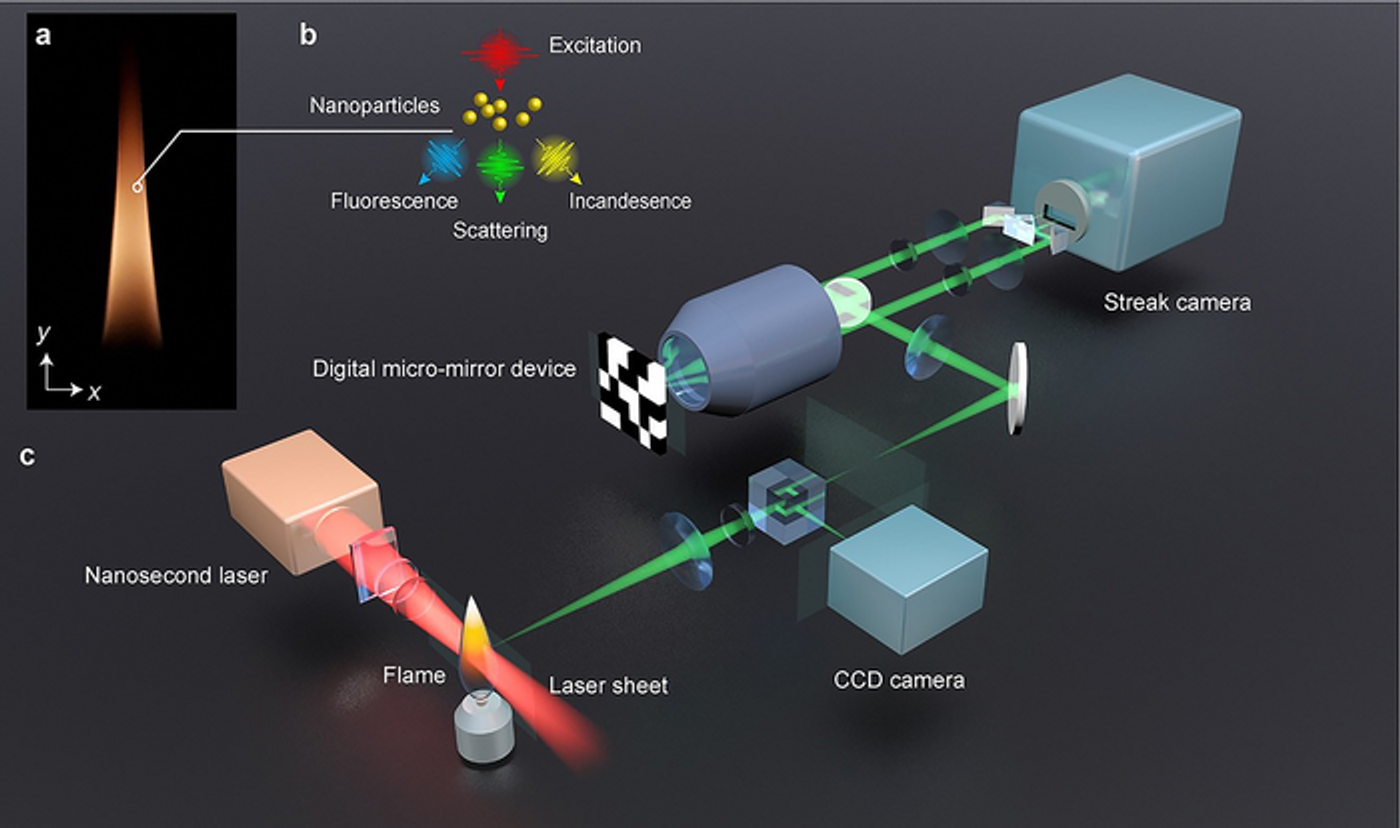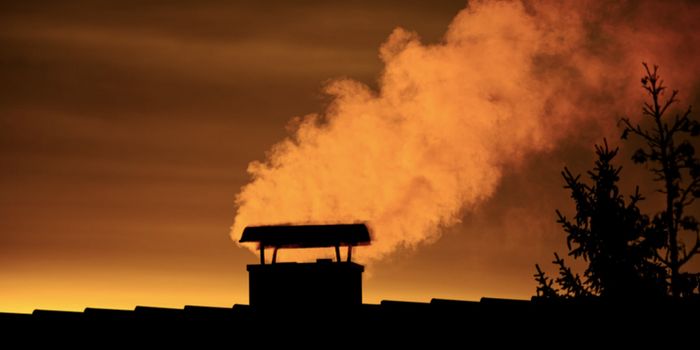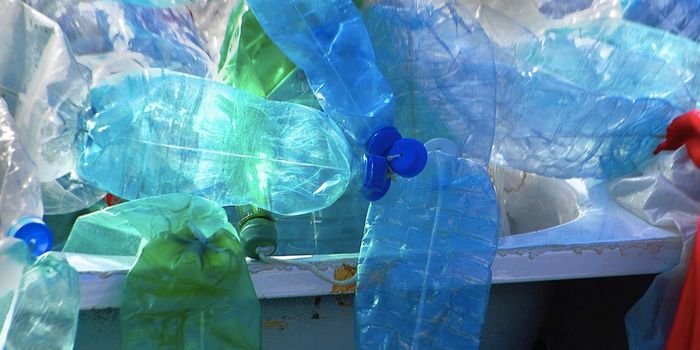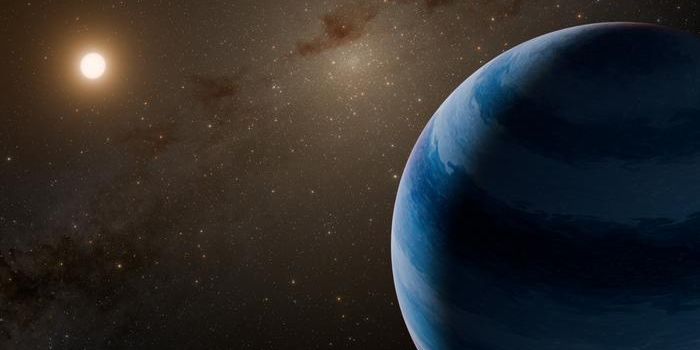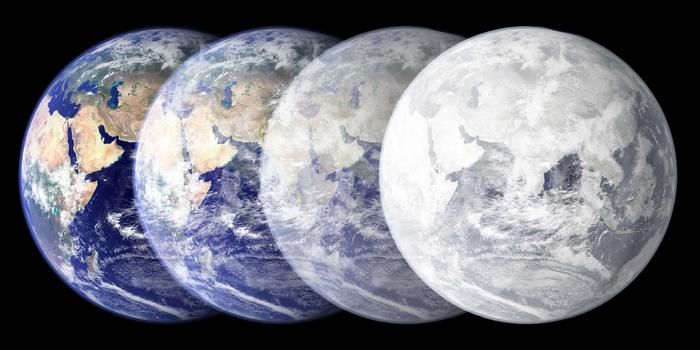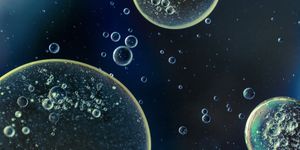Researchers Record Combustion Reactions with World's Fastest Laser Camera
Illustration of the ultrafast LS-CUP laser camera that images events during combustion. (Credit: Yogeshwar Nath Mishra and Peng Wang)
In a recent study published in Light: Science & Applications, an international team of researchers led by the California Institute of Technology have developed the world’s fastest single-shot laser camera capable of imaging hydrocarbon fuel combustions more than one thousand times faster than today’s best laser equipment at a record speed of 12.5 billion images per second. This study holds the potential for better investigation of the lightning-fast combustion of hydrocarbons.
“The more pictures taken, the more precisely we can follow the course of events,” said Dr. Yogeshwar Nath Mishra, who is a visiting scientist at NASA’s Jet Propulsion Laboratory and a research scientist at the University of Gothenburg, and lead author of the study. “Hydrocarbon fuel combustion produces nano-sized soot particles, various light phenomena and polycyclic aromatic hydrocarbons, PAH, which are hazardous to the environment.”
Using a single laser pulse, the researchers were able to image combustion properties of soot particles that have never been able to be seen until now. The reason why studying soot particles is so important is because it makes up 70% of the material in interstellar space while also making intriguing nanomaterial for energy and electronics, as well. The reason why high-speed cameras are required to study them is because they possess lifespans of mere nanoseconds when they are ignited, or combusted, which can only be achieved once.
“Before, problems arose when the camera was limited to a few million images per second. Producing two-dimensional pictures of different types of combustion has required repeated laser pulses, which impacts the combustion temperature when the laser adds energy,” said Dr. Yogeshwar Nath Mishra.
Going forward, the applications for this new high-speed laser camera can be applied for environmental research, physics, chemistry, medicine, and biology.
Sources: Light: Science & Applications, EurekAlert!
As always, keep doing science & keep looking up!
